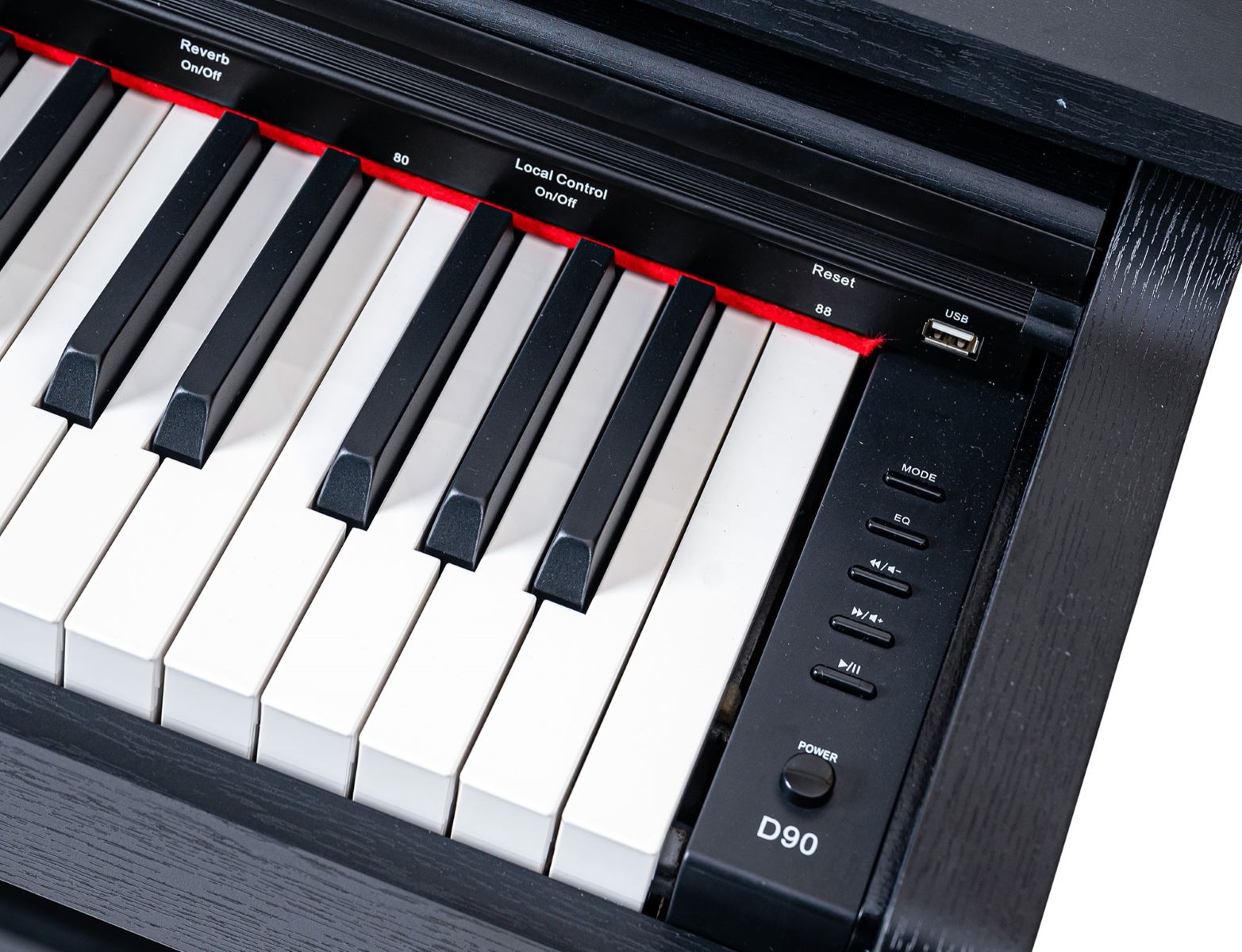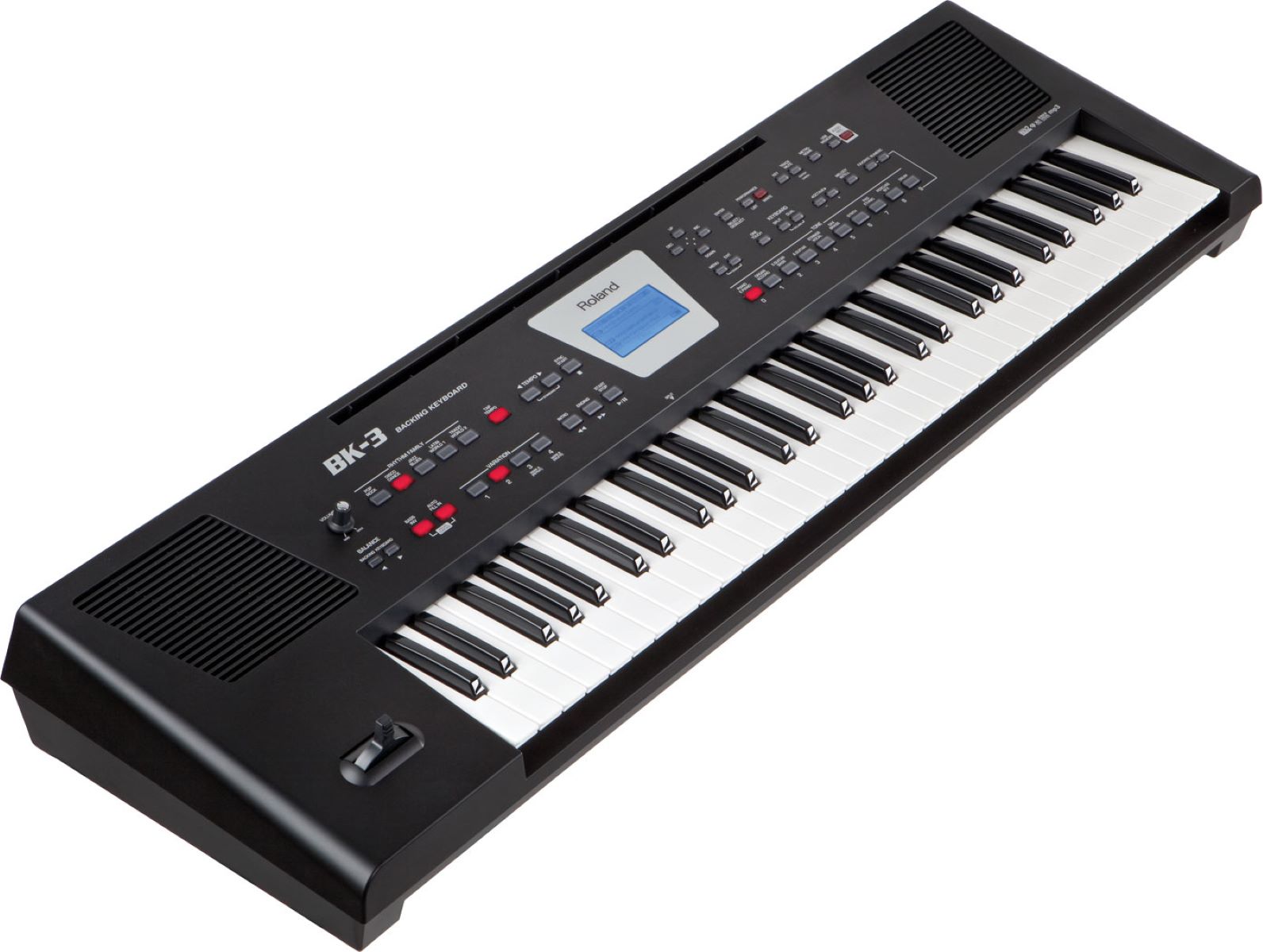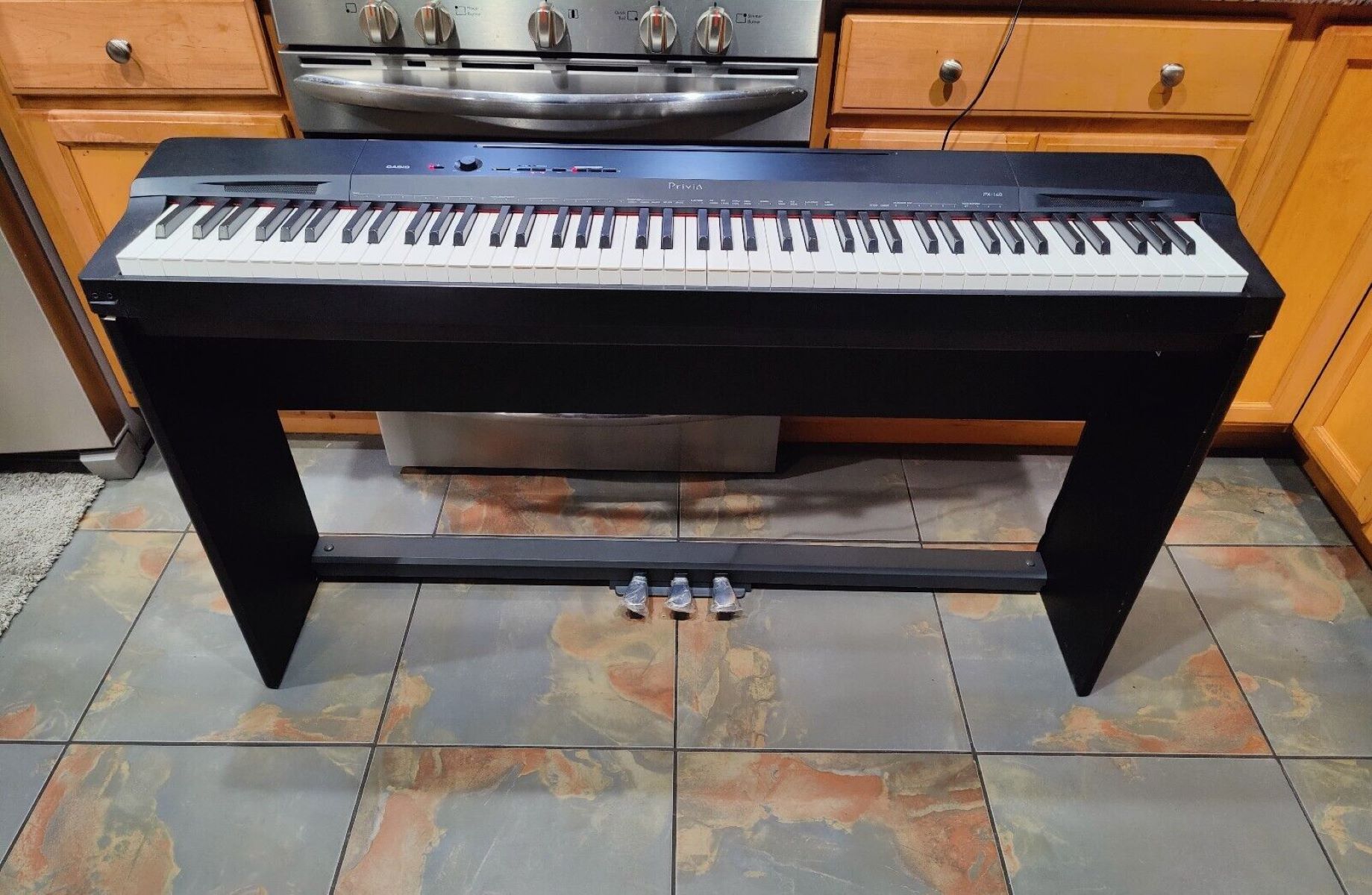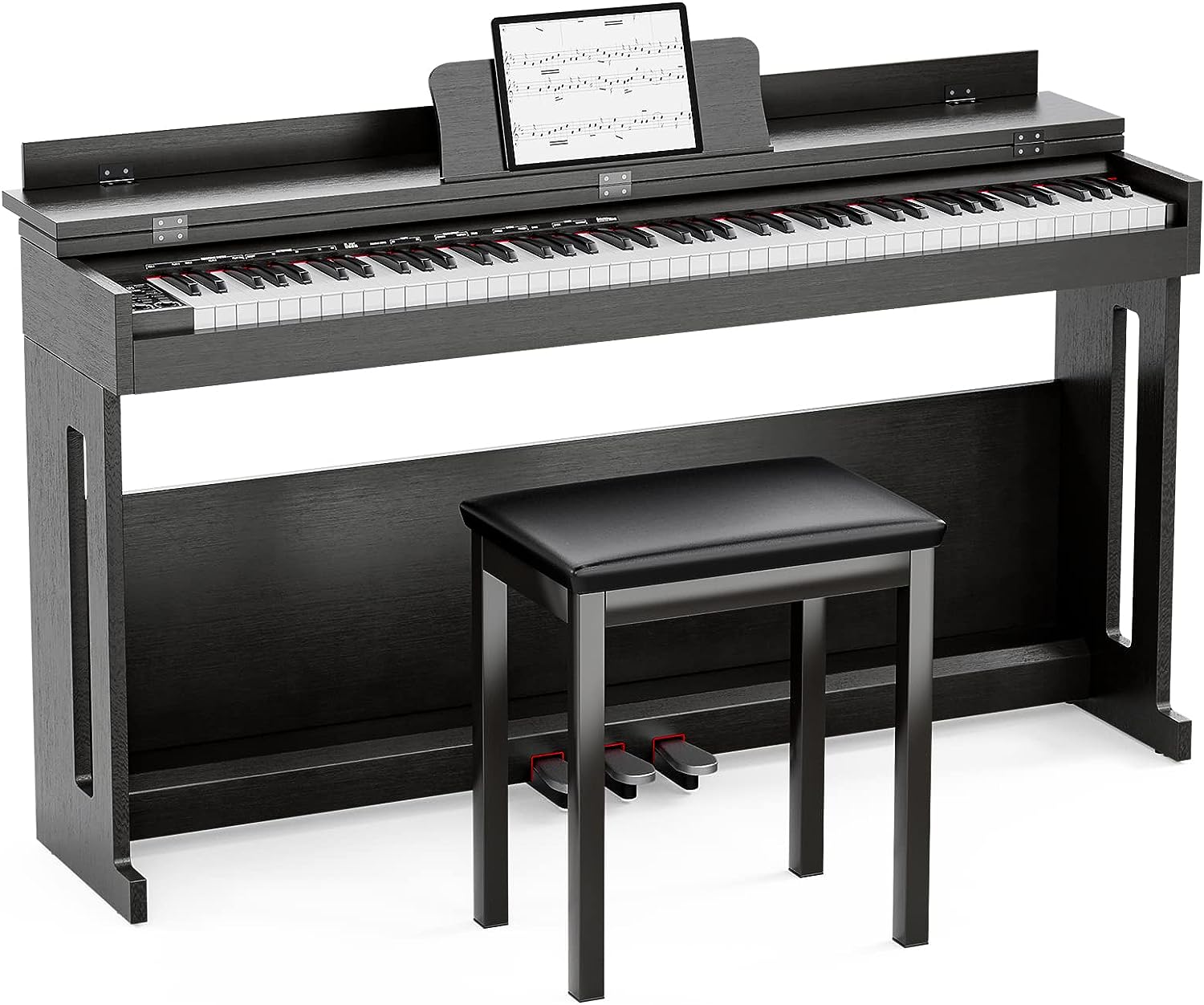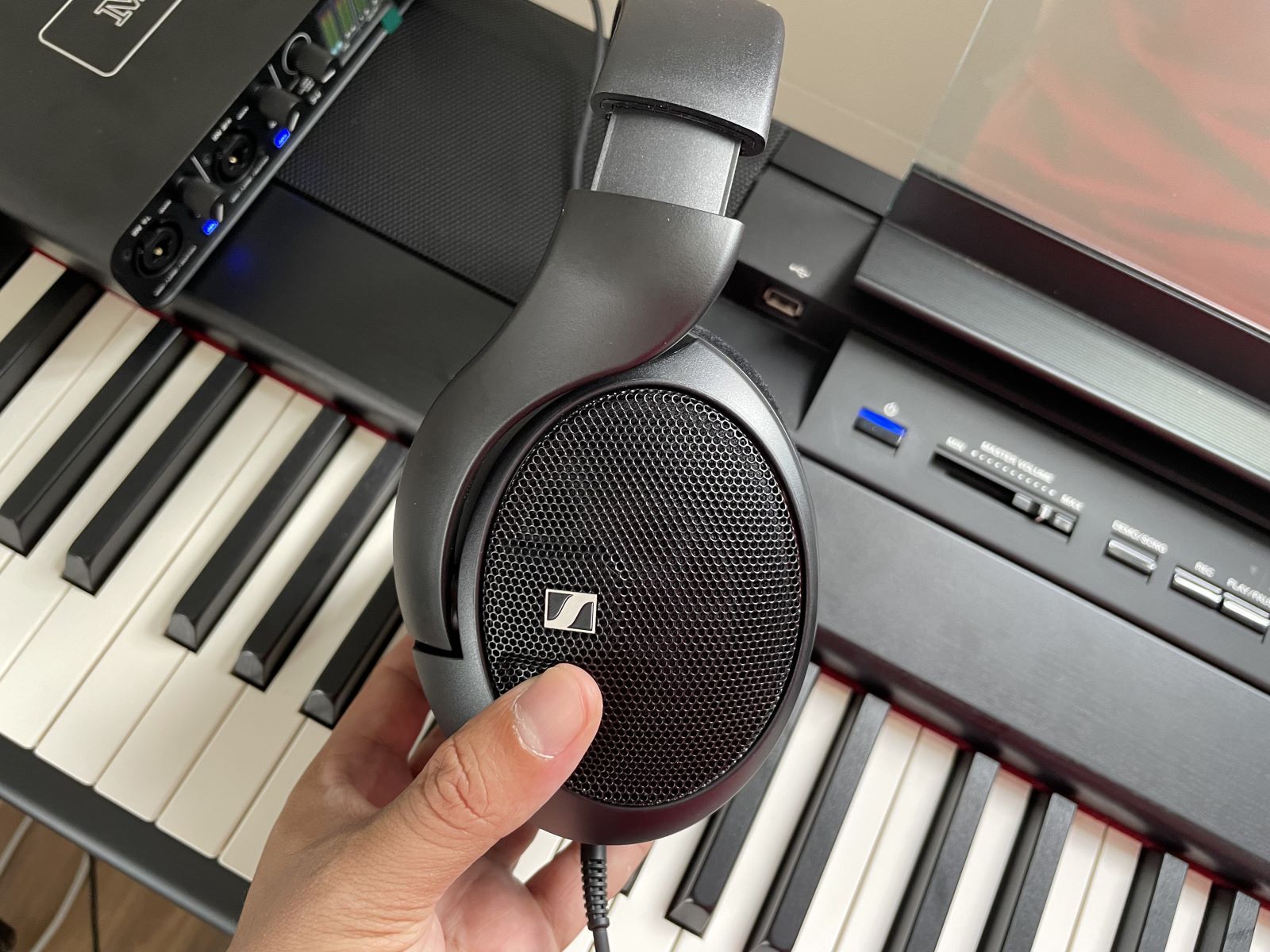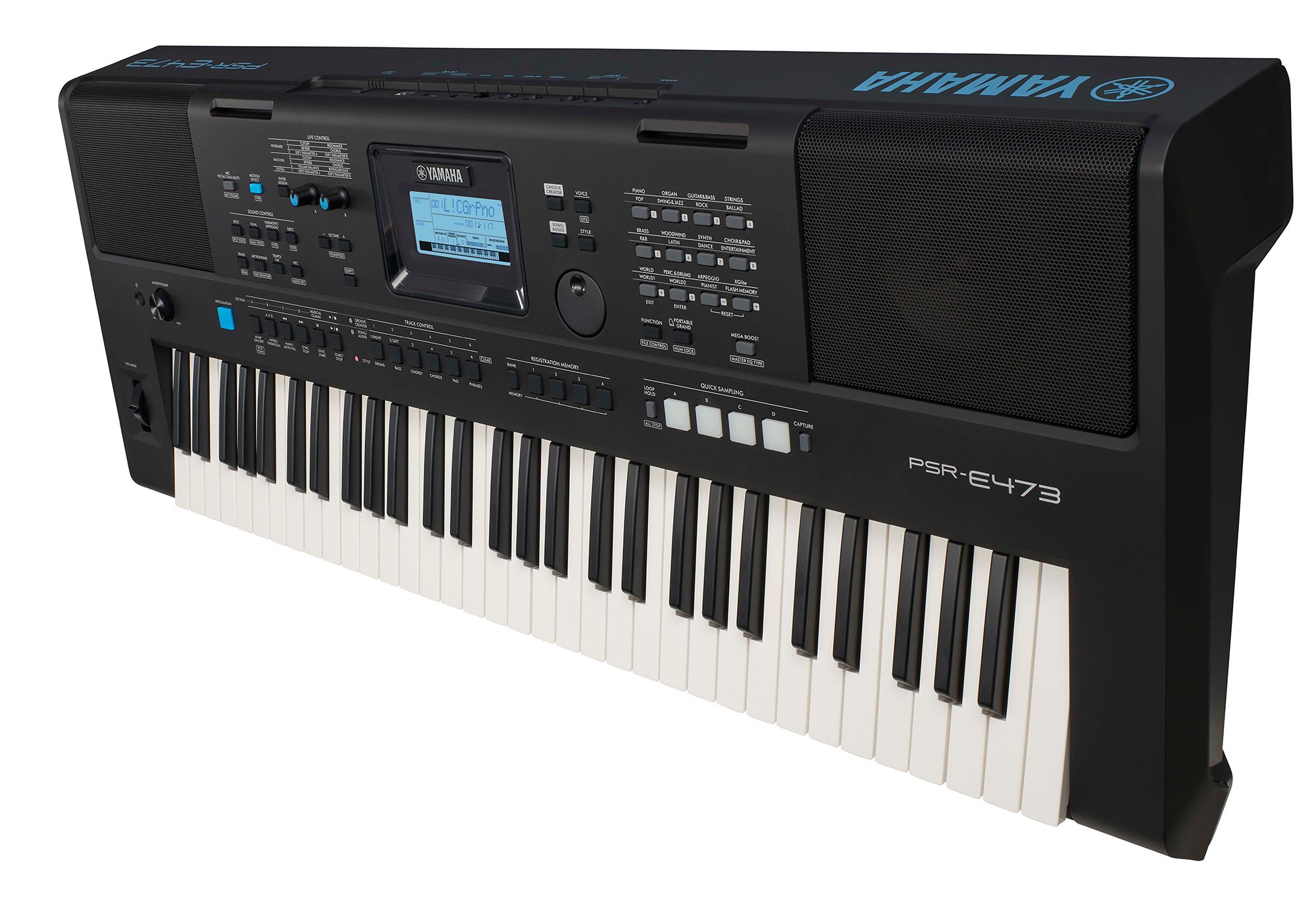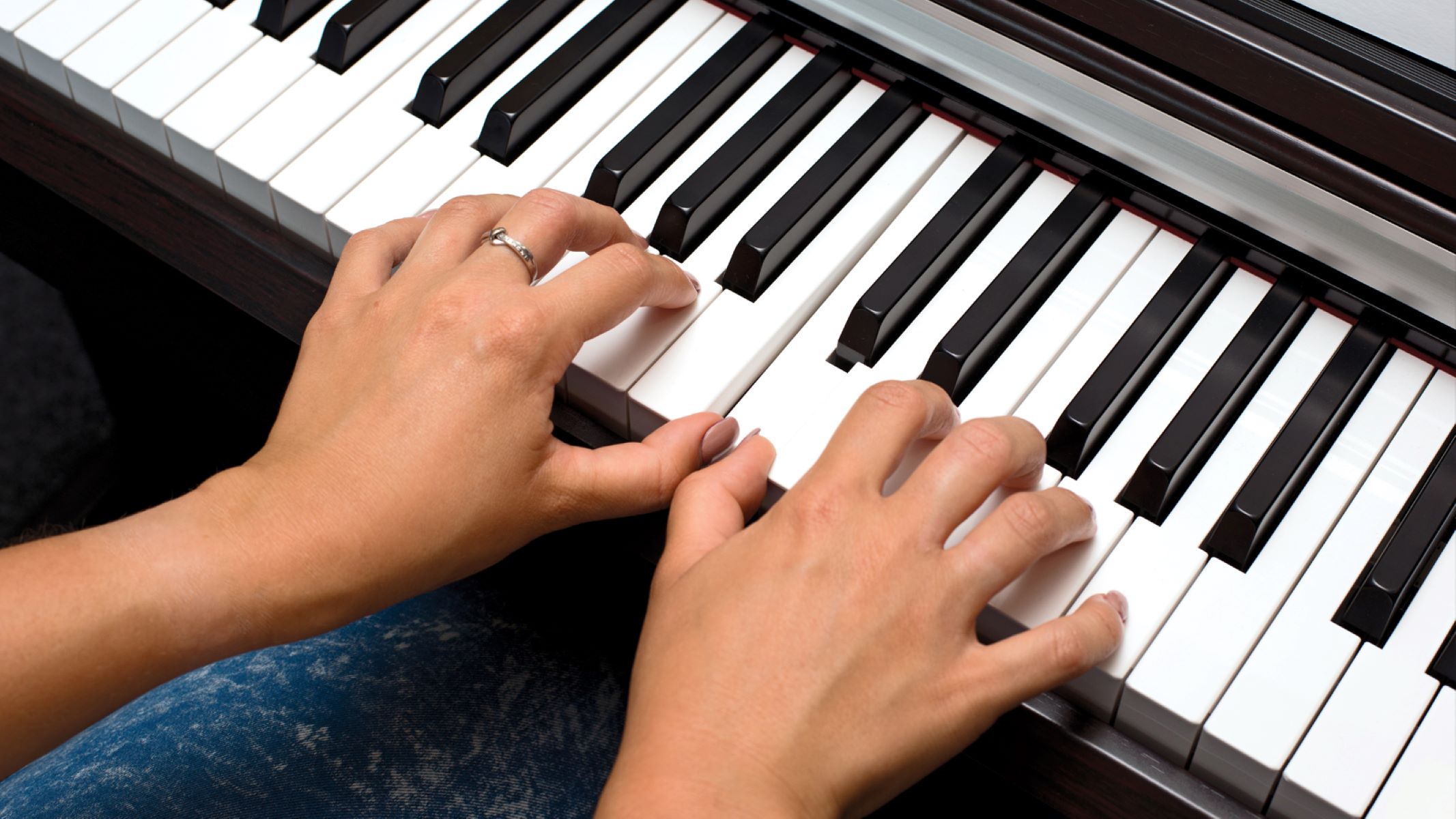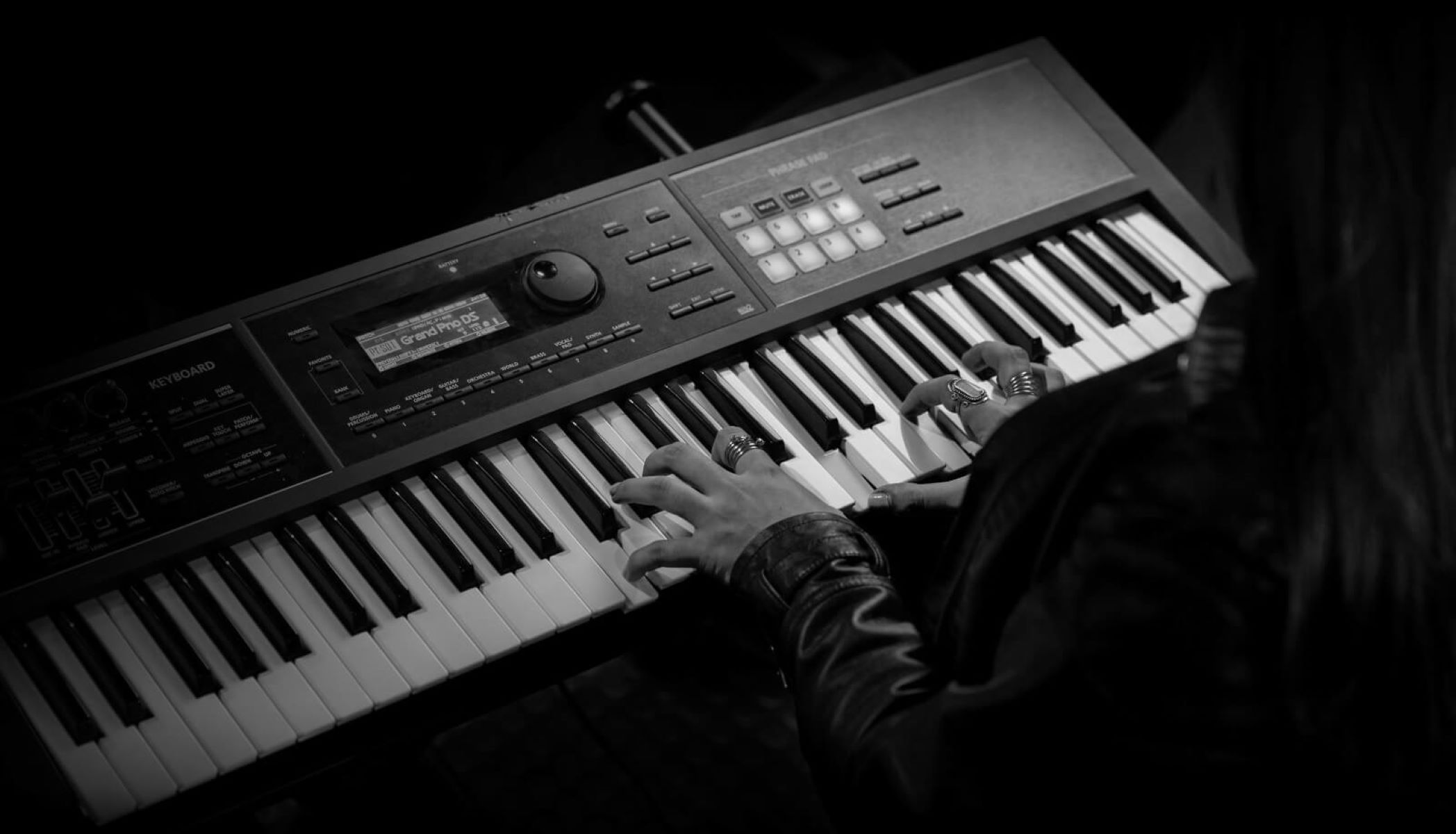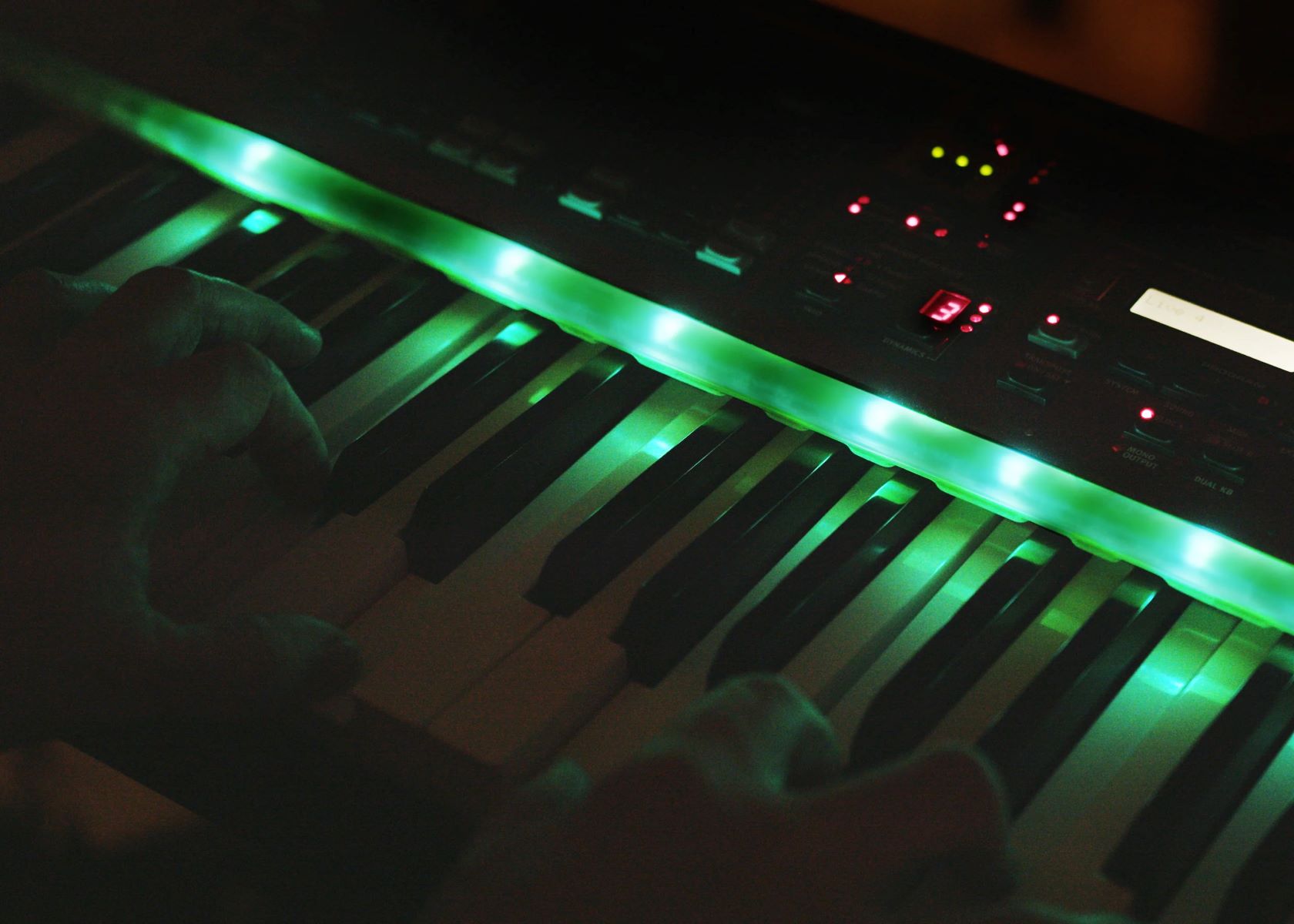Introduction
Introduction
The advent of technology has revolutionized the world of music, and the digital piano has emerged as a versatile and innovative instrument that caters to the needs of modern musicians. A Bluetooth digital piano, in particular, encompasses cutting-edge features that enhance the overall playing experience. From seamless connectivity to a myriad of customization options, these instruments offer a plethora of capabilities that elevate musical performance and practice sessions. In this article, we will delve into the various functionalities and benefits of a Bluetooth digital piano, shedding light on its potential to transform the way musicians engage with their craft.
Whether you are a seasoned pianist or an aspiring enthusiast, the integration of Bluetooth technology into a digital piano opens up a realm of possibilities. By harnessing the power of wireless connectivity, these instruments bridge the gap between traditional piano playing and contemporary technological advancements, thereby catering to a diverse range of musical preferences and requirements. Let's explore the myriad features and functionalities that make a Bluetooth digital piano a valuable asset for musicians seeking versatility, convenience, and enhanced creativity in their musical pursuits.
Connect to Devices
One of the standout features of a Bluetooth digital piano is its ability to seamlessly connect to a variety of devices, amplifying the possibilities for musical exploration and performance. Through Bluetooth connectivity, these pianos can effortlessly link to smartphones, tablets, and computers, allowing for the integration of diverse musical applications and software.
By establishing a wireless connection with external devices, musicians can access an extensive library of digital sheet music, educational resources, and interactive learning platforms, thereby enhancing their practice sessions and expanding their repertoire. Furthermore, the ability to connect to music production software opens up avenues for composing, arranging, and recording music directly from the digital piano, streamlining the creative process and fostering a dynamic musical environment.
Additionally, the integration of Bluetooth technology enables seamless audio streaming, empowering musicians to play along with their favorite tracks or backing accompaniments. This feature not only adds an element of enjoyment to practice sessions but also facilitates the development of ensemble skills and rhythmic precision.
Moreover, the wireless connectivity of a Bluetooth digital piano eliminates the constraints of traditional cable connections, offering greater flexibility in positioning the instrument within a space. Whether in a studio, classroom, or home environment, the convenience of wireless connectivity contributes to a clutter-free setup and facilitates effortless integration with other audio devices and sound systems.
Overall, the ability to connect to devices via Bluetooth elevates the functionality of digital pianos, fostering a dynamic and interactive musical experience that aligns with the evolving needs and preferences of contemporary musicians.
Use with Apps
One of the remarkable advantages of a Bluetooth digital piano is its compatibility with a diverse array of music applications, offering a wealth of resources and tools to enrich the learning and playing experience. Through seamless integration with mobile apps, these pianos empower musicians to explore a myriad of educational, creative, and performance-oriented functionalities.
From interactive learning platforms and virtual piano tutorials to music theory resources and composition tools, the availability of music apps tailored for use with Bluetooth digital pianos enhances the accessibility of valuable learning materials. This integration not only facilitates structured skill development for beginners but also provides advanced musicians with innovative tools to refine their technique and expand their musical horizons.
Furthermore, the use of apps augments the creative potential of Bluetooth digital pianos, offering features such as virtual instrument libraries, recording interfaces, and accompaniment generators. Musicians can leverage these resources to experiment with diverse sounds, create multilayered compositions, and explore different musical genres, thereby fostering a dynamic and personalized approach to musical expression.
Moreover, the compatibility with performance-oriented apps enables musicians to engage in virtual ensemble experiences, collaborative music-making, and live performance enhancements. Whether in a solo practice setting or a group performance scenario, the integration of apps with Bluetooth digital pianos amplifies the possibilities for musical expression and interaction, catering to the evolving needs and aspirations of today’s musicians.
Ultimately, the seamless integration of Bluetooth digital pianos with a myriad of music apps not only enhances the educational and creative potential of these instruments but also fosters a dynamic and immersive musical journey for musicians of all levels.
Record and Playback
Another compelling feature of Bluetooth digital pianos is their capability to record performances and facilitate playback, offering musicians valuable tools for self-assessment, creative exploration, and collaborative endeavors. The integration of recording and playback functionalities empowers musicians to capture their musical ideas, track their progress, and engage in immersive practice sessions.
With the ability to record performances directly from the digital piano, musicians can preserve their musical creations, document practice sessions, and capture moments of inspiration. This feature not only serves as a valuable tool for self-evaluation and improvement but also facilitates the process of composing and arranging music, allowing musicians to refine their compositions and develop their musical ideas with ease.
Furthermore, the playback functionality of Bluetooth digital pianos enables musicians to review their performances, analyze their playing technique, and identify areas for improvement. By listening to recorded sessions, musicians can gain valuable insights into their musical expression, dynamics, and articulation, thereby enhancing their overall playing proficiency and musical interpretation.
Moreover, the recording and playback capabilities of these pianos facilitate collaborative music-making, as musicians can share their recorded performances with peers, educators, or online communities. This not only fosters a sense of musical camaraderie but also provides opportunities for constructive feedback, artistic exchange, and collective learning experiences.
Overall, the integration of recording and playback features in Bluetooth digital pianos enhances the creative potential, learning experience, and collaborative opportunities for musicians, empowering them to document their musical journey, refine their skills, and engage in meaningful musical interactions.
Customize Sounds
One of the distinguishing features of Bluetooth digital pianos is their ability to customize and manipulate a diverse range of sounds, offering musicians a versatile sonic palette to explore and personalize. Through intuitive controls and digital interfaces, these pianos allow for the modification of tones, effects, and sound parameters, enabling musicians to tailor their playing experience to suit a variety of musical genres and artistic preferences.
By accessing a comprehensive selection of instrument voices, including grand pianos, electric pianos, strings, organs, and more, musicians can experiment with different timbres and textures, expanding their sonic repertoire and artistic expression. Additionally, the integration of effects such as reverb, chorus, and modulation further enhances the sonic versatility of Bluetooth digital pianos, enabling musicians to infuse their performances with depth, ambience, and character.
Furthermore, the ability to customize sound parameters, such as touch sensitivity, key response, and tuning, empowers musicians to tailor the instrument’s playing characteristics to align with their individual playing style and musical sensitivity. This level of customization not only fosters a more expressive and personalized playing experience but also facilitates seamless adaptation to diverse performance contexts and musical requirements.
Moreover, the integration of sound customization features extends to the realm of sound layering, splitting, and multitimbral capabilities, allowing musicians to create rich, layered textures and orchestral arrangements directly from the digital piano. This versatility opens up avenues for creative exploration, ensemble playing, and dynamic musical expression, offering a comprehensive platform for musical innovation and sonic experimentation.
Overall, the ability to customize sounds on Bluetooth digital pianos empowers musicians to sculpt their musical identity, explore a diverse range of sonic possibilities, and adapt their playing experience to align with their artistic vision and creative aspirations.
Headphone Use
The incorporation of headphone connectivity in Bluetooth digital pianos offers a multitude of benefits, catering to the needs of musicians in various practice and performance scenarios. By providing the option to play and practice silently, the headphone feature facilitates focused and undisturbed musical exploration, making it an invaluable component of the digital piano experience.
When using headphones with a Bluetooth digital piano, musicians can engage in private practice sessions without disrupting others, making it an ideal solution for late-night rehearsals, apartment living, or shared living spaces. This enables musicians to maintain a consistent practice routine without concerns about noise levels, ensuring that they can hone their skills and express their musical creativity at any time of day.
Furthermore, the use of headphones enhances the immersive nature of the playing experience, as musicians can delve into the nuances of their performance without external distractions. The detailed articulation of notes, dynamic expression, and tonal subtleties can be fully appreciated through the use of headphones, allowing for a heightened level of musical introspection and refinement.
Moreover, the headphone feature fosters a sense of privacy and personalization, creating a space for musicians to explore their musical repertoire, experiment with new techniques, and delve into creative improvisation without external scrutiny. This sense of autonomy and individual focus contributes to a fulfilling and enriching musical journey, empowering musicians to cultivate their musical identity with confidence and freedom.
Additionally, the headphone output of Bluetooth digital pianos serves as a valuable tool for music educators and students, enabling one-on-one instruction and personalized feedback without the need for external amplification. This feature facilitates tailored learning experiences, allowing for concentrated guidance and mentorship in a private setting, thereby enhancing the educational potential of the digital piano.
Overall, the integration of headphone connectivity in Bluetooth digital pianos offers a versatile and immersive playing experience, empowering musicians to practice, create, and learn with privacy, focus, and artistic freedom.
MIDI Connectivity
Bluetooth digital pianos are equipped with MIDI connectivity, a feature that significantly expands the creative and functional capabilities of the instrument. MIDI, which stands for Musical Instrument Digital Interface, enables seamless communication between the digital piano and external devices, opening up a world of possibilities for music production, performance, and integration with digital audio workstations (DAWs).
Through MIDI connectivity, musicians can harness the power of the digital piano as a versatile controller for virtual instruments, software synthesizers, and music production tools. This integration facilitates the creation of intricate arrangements, electronic music compositions, and sound design, empowering musicians to explore diverse genres and production techniques with ease.
Furthermore, MIDI connectivity enables the digital piano to serve as a central hub for music production setups, allowing for the integration of external MIDI-compatible hardware such as synthesizers, drum machines, and sequencers. This versatility transforms the digital piano into a comprehensive musical workstation, fostering a seamless and integrated approach to music creation and performance.
Moreover, MIDI connectivity facilitates the recording and playback of MIDI data, empowering musicians to capture their performances, edit musical sequences, and engage in detailed musical analysis. This feature not only streamlines the process of music composition and arrangement but also provides a platform for in-depth exploration of musical ideas and creative experimentation.
Additionally, the integration of MIDI connectivity in Bluetooth digital pianos extends to the realm of live performance, as musicians can control external sound modules, effects processors, and performance software through the instrument’s interface. This capability enhances the versatility and expressive potential of the digital piano, enabling seamless integration with a wide range of musical equipment and performance setups.
Overall, MIDI connectivity in Bluetooth digital pianos amplifies the instrument’s potential as a creative and expressive tool, offering musicians a comprehensive platform for music production, performance, and artistic exploration in the digital age.
Wireless Control
The incorporation of wireless control features in Bluetooth digital pianos represents a significant advancement in the realm of musical performance, practice, and creative expression. By leveraging wireless connectivity, these pianos offer musicians a range of innovative functionalities that enhance their playing experience and provide greater flexibility in musical exploration.
Wireless control capabilities enable musicians to remotely access and adjust various settings and parameters of the digital piano, offering a seamless and intuitive interface for customization and performance enhancement. Whether adjusting instrument voices, effects, or performance settings, the convenience of wireless control empowers musicians to tailor their playing experience in real time, fostering a dynamic and responsive musical environment.
Furthermore, the integration of wireless control features extends to the realm of music production and recording, as musicians can remotely operate digital audio workstations (DAWs) and music software from the digital piano, streamlining the creative process and facilitating hands-on control of production tools and virtual instruments.
Moreover, wireless control capabilities enable musicians to engage in collaborative music-making and ensemble performances with ease, as the digital piano can interact wirelessly with other compatible devices, allowing for synchronized playback, interactive jam sessions, and collective musical experiences.
Additionally, the wireless control functionalities of Bluetooth digital pianos extend to the realm of educational and interactive music applications, as musicians can interact with digital sheet music, learning platforms, and virtual tutorials through intuitive wireless interfaces, fostering a dynamic and immersive learning experience.
Overall, the integration of wireless control features in Bluetooth digital pianos offers musicians a versatile and intuitive platform for musical expression, performance enhancement, and creative exploration, aligning with the evolving needs and aspirations of modern musicians in the digital age.







